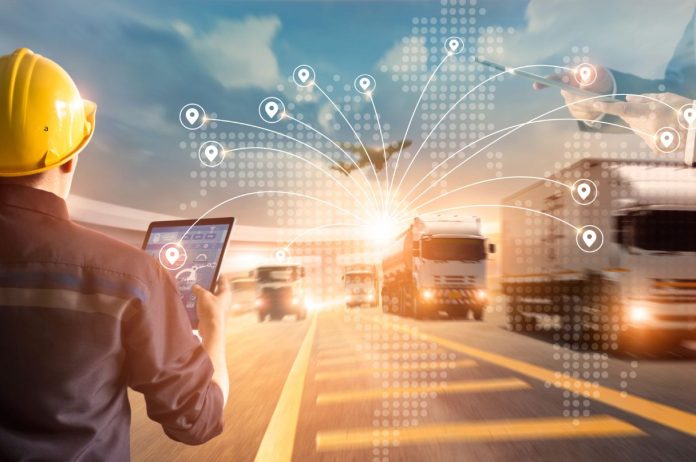Reverse logistics is the process by which products return from the consumer to the retailer or manufacturer, whether for reasons of exchange, defect or sustainable disposal. In e-commerce, it plays a key role in ensuring that returned items are properly reintegrated into stock or disposed of responsibly. This system not only minimizes financial losses, but also streamlines refunds, an essential step to improve customer satisfaction.
According to a survey by the National Retail Federation (NRF), the return rate on e-commerce reached 17.6% in 2023, reflecting its impact on business profitability.For many retailers, the challenge is to reduce the processing time of these returns and accelerate refunds, turning the negative experience into a long-term customer loyalty opportunity.
According to Carlos Tanaka, CEO of PostalGow, a leading company in logistics solutions with national capillarity and creator of the platform ReturnFacil, which focuses precisely on the standardization of returns, an efficient structure of reverse logistics can streamline various organizational processes. “A standardization in the handling of returned products ensures that items are checked correctly, quickly and consistently, reducing errors and losses, and accelerating the following processes, such as re-invoices and refunds”, he explains.
Technology and integration as allies
This agility is essential since a fast and transparent process has become a competitive differentiator in e-commerce, with 83% of consumers stating that ease in returns influences their future purchase decisions, according to NRF research.“For companies that want to accelerate the return cycle and ensure customer satisfaction, establishing an integrated management and automation system in reverse logistics is critical”, Tanaka says.
With this, the use of integrated technologies with artificial intelligence for automatic routing and real-time data analysis has enabled the reduction of errors and processing times, offering end consumers a practical return experience and a hassle-free refund receipt. “When integrating reverse logistics directly with the inventory management system and ERP platforms, as is possible with ReturnaFacil, companies are able to track products from the beginning of the return to the refund, ensuring full visibility and control,” the expert points out.
Innovation meets the trends of digitalization and sustainability in companies, where automation and artificial intelligence have been used to improve process efficiency, reduce operational costs and even minimize environmental impact.“Today, reverse logistics is not just a matter of choice, it has become a necessity. Taking on this responsibility goes beyond customer service, allowing companies to convert an operational challenge into a strategic ADVANTAGE”, concludes Tanaka.


